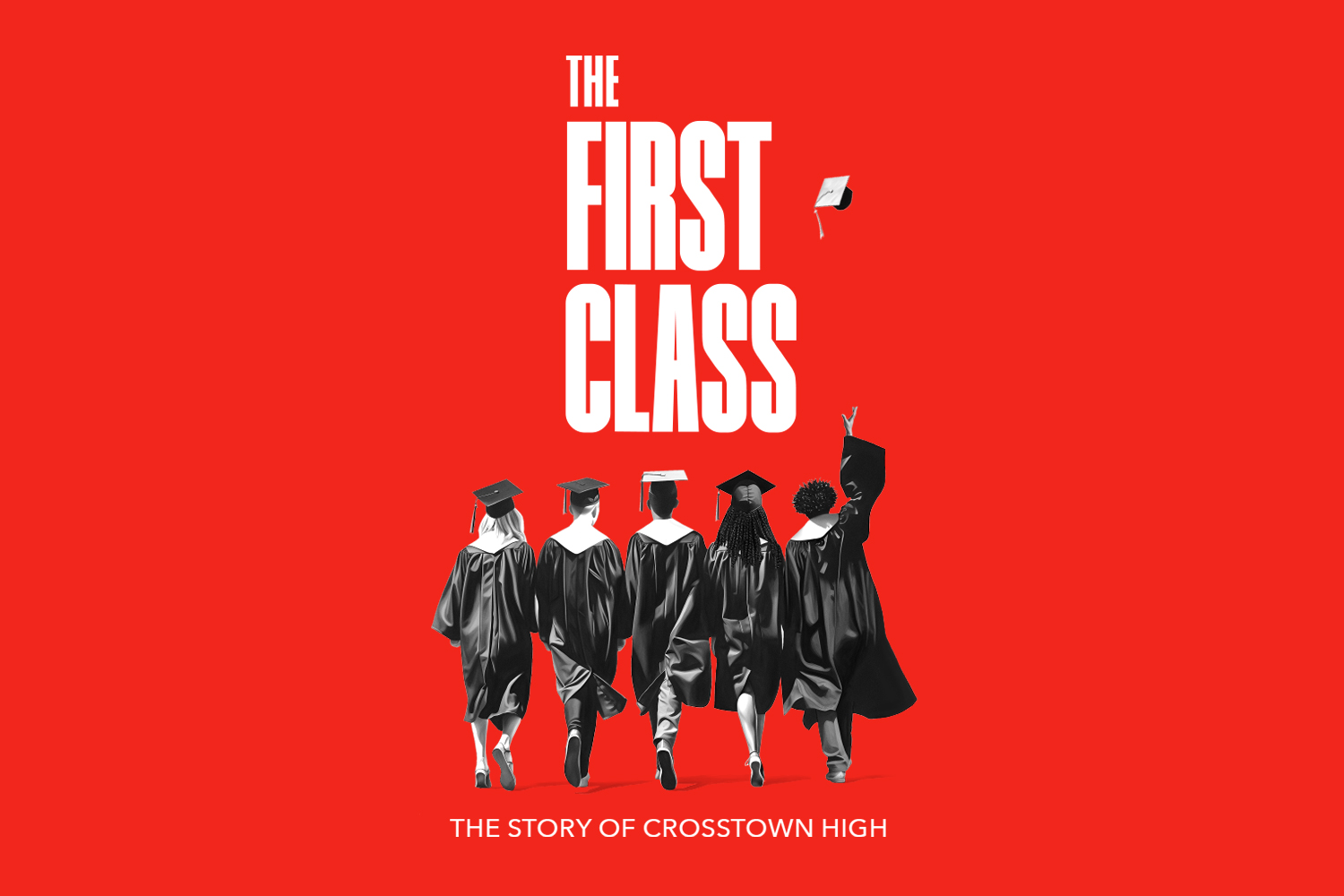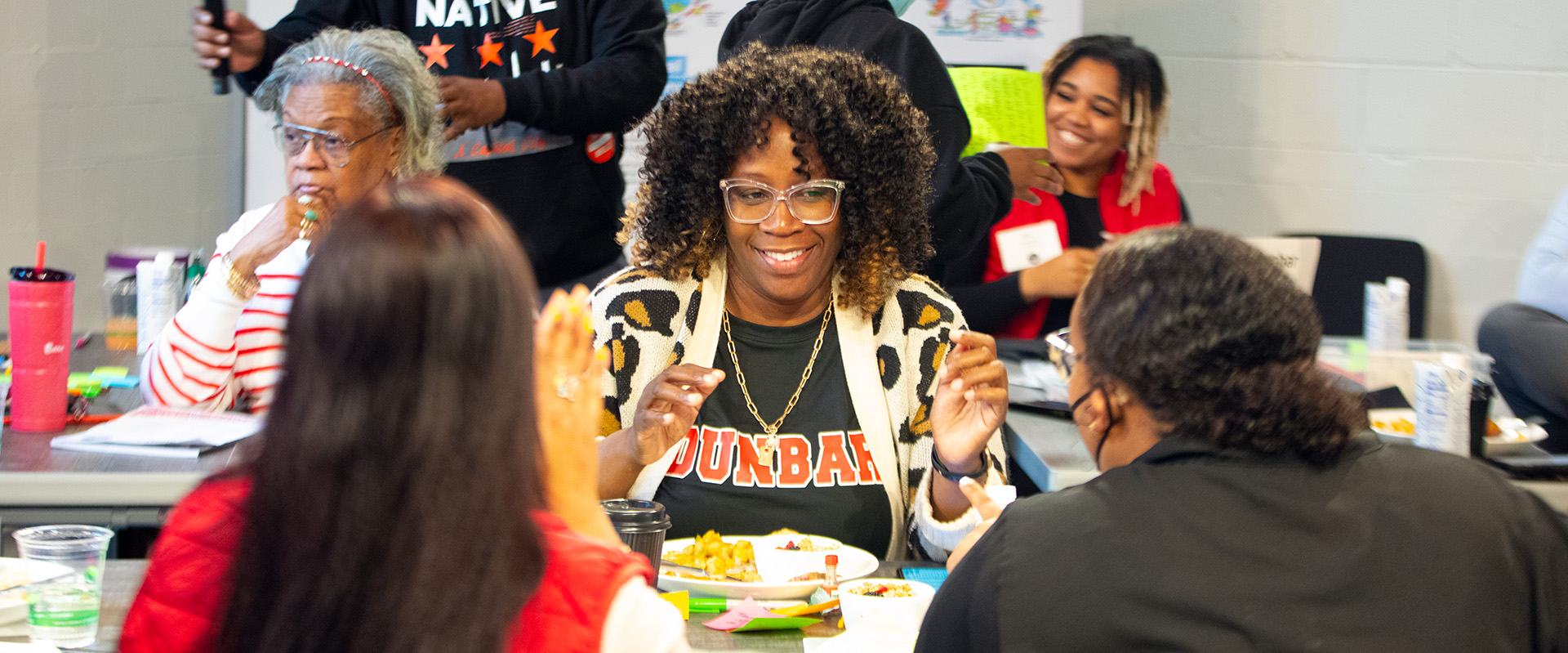5 Ways to Inclusively Teach Black History
Black History Month is an opportunity to reflect on the impact Black history has had in shaping the world we live in. Here are 5 resources for you to bring it to life in your classroom.

Black History Month is an opportunity to reflect on the impact Black history has had in shaping the world we live in. We encourage communities across the nation to explore how they’re honoring Black history-makers, movements, innovations, and beyond.
To help educators along that journey, we’ve compiled five ways to bring Black history to life in the classroom. We hope these resources inspire you to learn and teach Black history—not just in February, but during every month of the year.
You can’t understand American history without a strong knowledge of Black history.
Why It Matters: Influential Black history-makers have led major movements and created ground-breaking innovations that have altered the course of American history.
We must acknowledge and explore how Black history has shaped American history. That’s why this month, we’re celebrating Black history with fresh lesson plans that keep students engaged, including these interactive activities:
Extra Credit: 10 Inspiring Black History Month Activities for Students
Illustration by Shannon Anderson
We’d like to shout-out some of the Black educators who inspire us to be more inclusive in and out of the classroom.
Why It Matters: Amplifying influential Black educators’ voices in the classroom and educators’ classroom practice will help us rethink and reshape our curricula during Black History Month and beyond.
Through Twitter, educators across the world are able to connect and engage with one another around issues of equity in the classroom. It’s important to learn from educators and students from all backgrounds to ensure your classroom is inclusive. Here are some steps you can take to help amplify BIPOC voices:
Extra Credit: 25 Books by Black Authors – Black Writers You Need to Know
It’s time to listen to Black educators and create classroom environments devoted to building equity and inclusion.
Why It Matters: XQ Curriculum Writer and Designer Ann-Katherine Kimble reflects on how her experience as a Black educator pushed her to practice culturally responsive and relevant teaching and be an advocate for students of all backgrounds.
Kimble emphasizes the importance of authentically teaching Black history, promoting student activism, and encouraging activities outside of the classroom. Here are some suggestions on how to practice culturally responsive and relevant teaching:
Extra Credit: How to Start Meaningful Conversations About Race in the Classroom
Being an ally means supporting and empowering diverse groups and backgrounds. This inclusion is necessary when creating a welcoming class environment.
Why It Matters: As educators, it’s important to be allies to people of color. Acknowledging the wide array of experiences from colleagues and students of color, as well as openly talking about White privilege and power can help encourage inclusivity within our communities.
Here are some key insights on how to be an impactful ally:
Extra Credit: How to Be an Ally for Black Lives
In early June, Oakland High School students and local artists came together to transform the city’s boarded landscape into powerful works of art.
Why It Matters: Students across the country have expressed how art serves as an avenue for them to affect change, and bring their communities together.
Engage students to learn about Black history through a creative lens. Here are some ways to teach Black history through art:
Extra Credit: Teaching the Past, Creating the Future: Black History Month Art Lessons
Psst… We’re currently developing a badge to help students extend their learning beyond Black History Month, and celebrate Black history year-round.
Be the first to hear about it! Join our mailing list for exclusive updates on upcoming badges.









